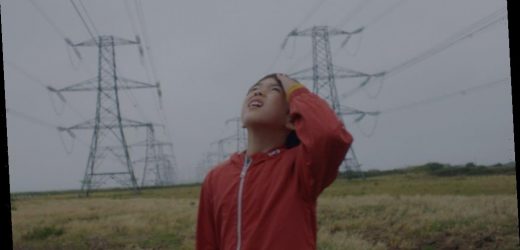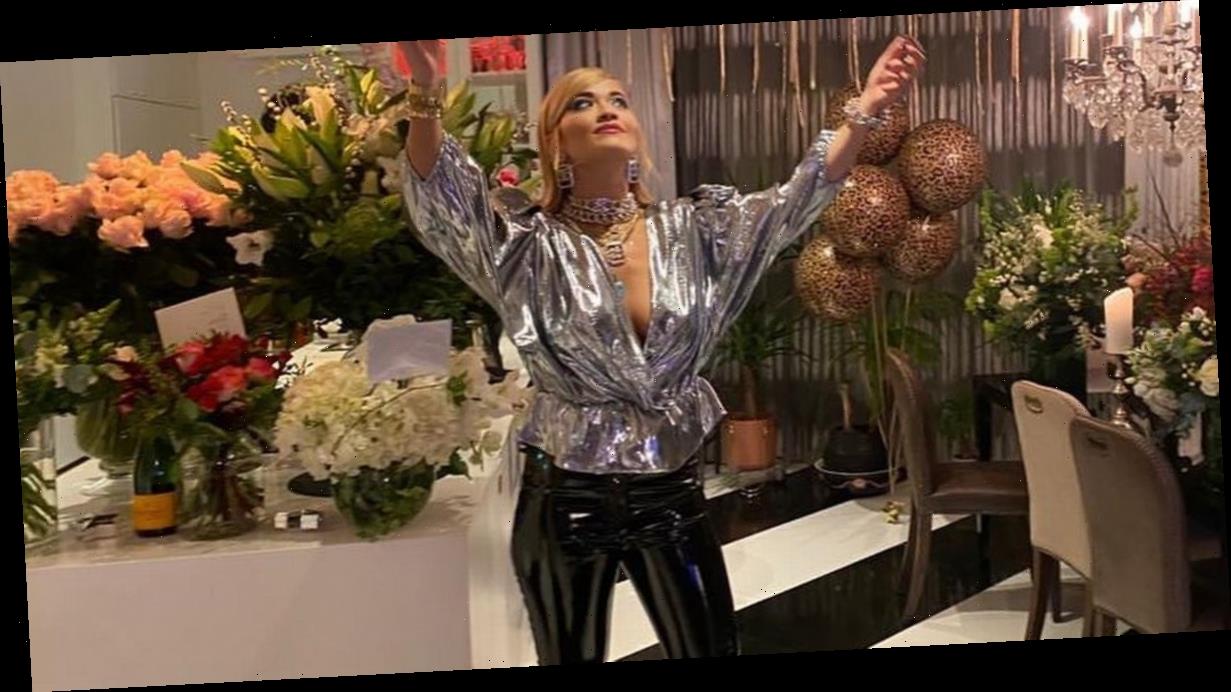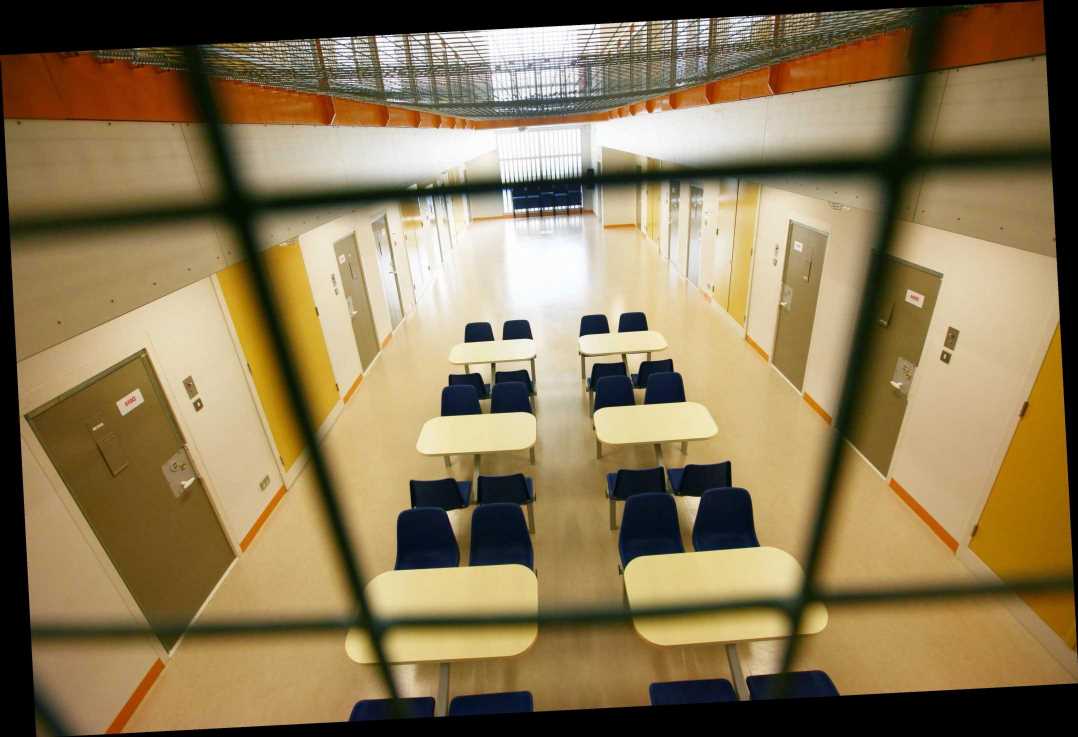The new documentary The Reason I Jump begins with text on screen that explains the basis for the film: “Ten years ago a book by Japanese teenager, Naoki Higashida, revealed a previously hidden world.”
That hidden world is the mental landscape of a non-speaking autistic youth, a variety of human experience that has often perplexed those who qualify as “neuro-typical.”
“I thought…how has this book come into being?” director Jerry Rothwell remembers wondering. “And then I went to meet Naoki and Naoki is every bit as fluid and poetic and wise as the book would suggest.”
Naoki learned to communicate by pointing to letters on a letter board, a painstaking process where, as Rothwell notes, “a sentence might take 10 minutes” to complete. The author, now in his 20s, didn’t want to appear in the documentary himself, Rothwell says, but his words resonate throughout it, words that illuminate his sensory perceptions.
“I react physically to feelings of sadness and happiness,” Naoki writes, the lines voiced in the film by actor Jordan O’Donegan. “So when something happens that affects me emotionally my body seizes up as if struck by lightning. But when I’m jumping it’s as if I’m shaking loose the ropes that are tying me down.”
In another passage, he describes being assailed by involuntary movements: “It’s as if my whole body belongs to someone else, as if I’m remote-controlling a faulty robot.”
Higashida somehow managed to translate his reality into words, but for Rothwell the challenge was then to take those words and translate them into image and sound—the language of cinema. He shot radiant scenes of roiled seas, gentle rain, a lighthouse flaring its yellow beam across the night sky, caterpillars nosing about a tree trunk.
“As soon as you start to look at the world in that slightly different way [of an autistic person], and you see the way that light that you normally filter out is kind of hitting here, then you just build on that, really,” Rothwell explains of his photographic take. “There’s no kind of special visual effects there, and there’s not a lot of premeditation either. I just kind of went into spaces and found what we could see.”
Rothwell, who is based in Britain, traveled the world to document several young non-speaking autistic people, including Amrit in Noida, India, a gifted artist whose line drawings constitute a visual diary of her day. There’s Joss from Broadstairs, England, son of the film’s producers Stevie Lee and Jeremy Dear, who is acutely attuned to sound and light, and Jestina from Freetown, Sierra Leone, whose constant companion is a red and gold ribbon that she strokes for security.
Rothwell also spent time with Ben and Emma from Fairfield, Virginia, who have known each other since preschool.
“The meaning of our friendship can’t be defined by words,” Ben expresses in the film, communicating—like Naoki—by indicating letters on a letter board. “Emma is my North Star. She is badass.”
Ben’s mother observes, “People assume Ben has cognitive impairment,” but in reality he’s hyper-aware and politically conscious. At one point he writes of the neuro-typical world around him, “They have denied our civil rights.”
“Ben and Emma are part of this group called the Tribe in Washington DC,” Rothwell says, “a group of non-speakers doing all kinds of great work about putting non-speaking voices on the political agenda.”
The exploration of Jestina’s experience gestures toward a larger point. Her parents describe launching a public campaign to change attitudes in Sierra Leone, where centuries old beliefs, rooted in fear, stigmatize autistic people as possessed by the devil.
“That sequence [in Sierra Leone] can in a way take us from the internal, the subjective sensory material, into what does this mean for a society?” the director comments. “How does society need to change to make life more inclusive for autistic people?”
Rothwell also filmed visually-stunning sequences in Britain with a non-speaking autistic boy of partly Japanese descent, whose peregrinations in nature help evoke the mind of Naoki Higashida. The director says neuro-diversity was a hallmark of the production in front of and behind the camera.
“We kind of worked quite closely with a number of autistic people as advisors on the film,” he tells Deadline. “There’s this saying in the autism world, ‘Nothing about us without us.’ There’s this long period in which the representations of autism have been made really without any kind of reference to autistic people, from Rain Man to whatever. So that was important…having autistic crew members.”
Rothwell observes of working with his subjects on the film, “Consent, I think, works differently on this project. It was a much more sort of iterative process of showing people things, sensing when people didn’t want to be filmed, stopping filming, playing things back, trying to convey an understanding of what it meant…It might well be that all of our contributors totally understood that from the beginning. Certainly when I went to talk to Ben and Emma, Ben spelt out, ‘Yeah, I’ve always wanted to make a film.’”
The film’s U.S. opening presents an opportunity to further enlightenment and empathy.
“I hope the film…opens a window on ways of thinking that we often ignore and don’t understand and that makes us judge people in ways that are completely inappropriate,” Rothwell states. “I hope it will change the way people think about non-speaking autistic people. I also hope it will encourage people to go to these amazing pieces of writing—Naoki’s own books and books by other non-speaking autistics—because I think there’s something that we can learn from them, not just about autism, but about the nature of ourselves and of being human.”
Read More About:
Source: Read Full Article





